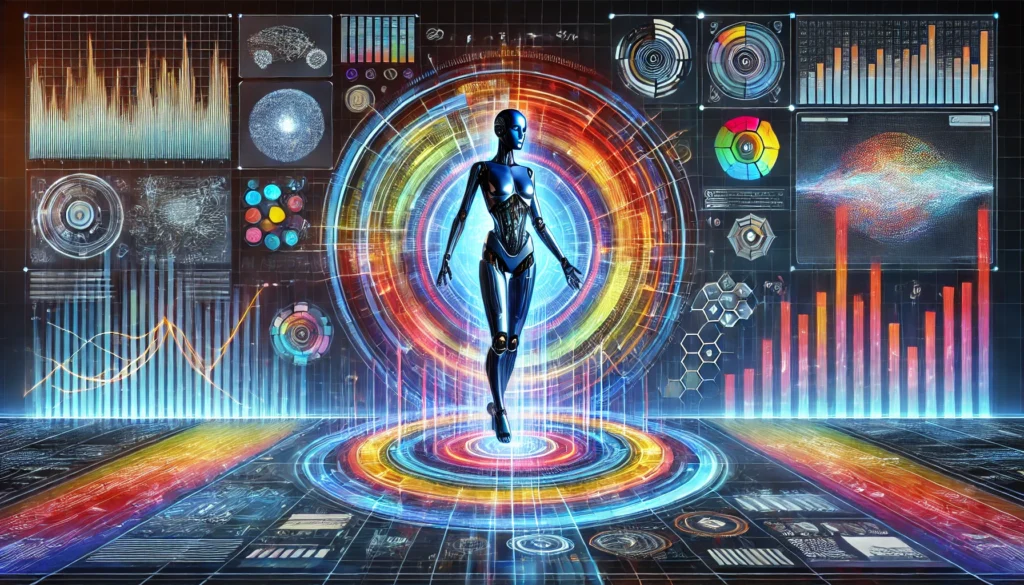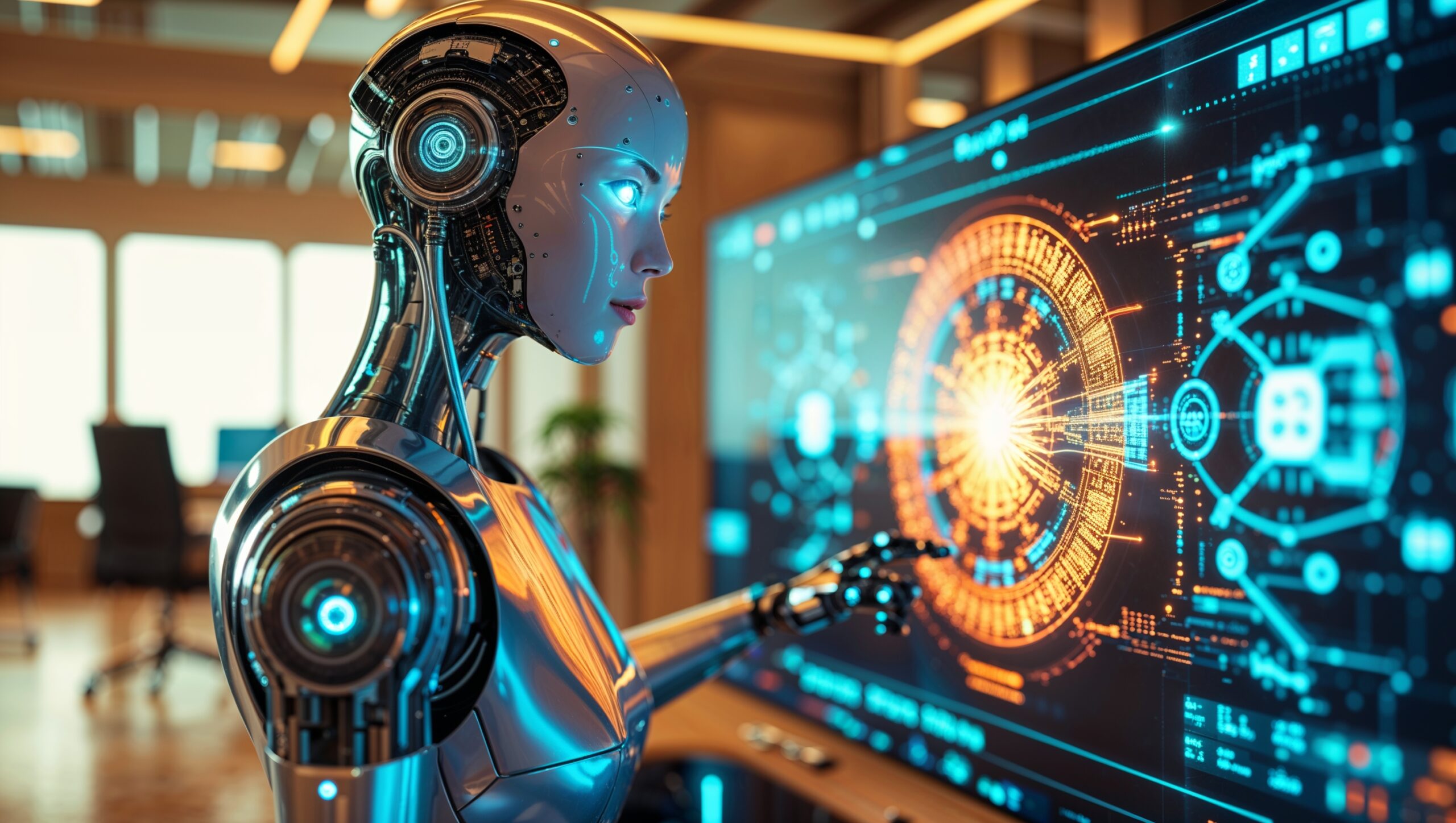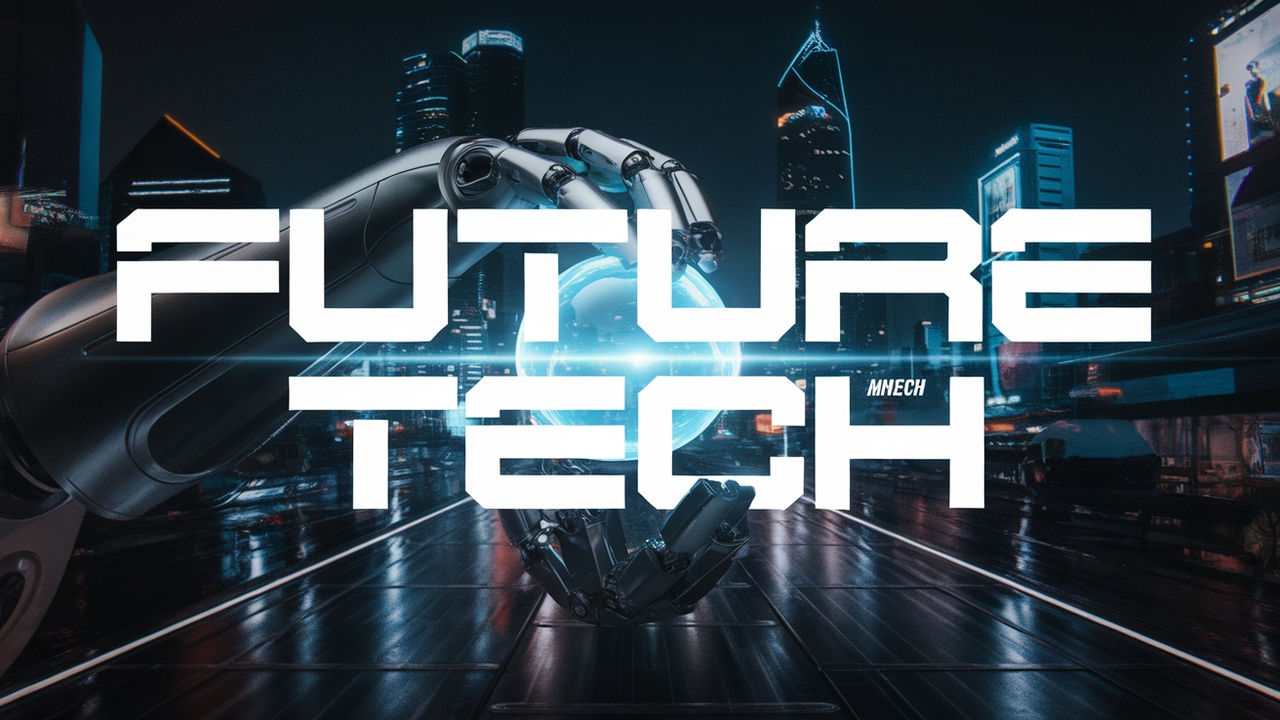
In an era where artificial intelligence has transcended science fiction to become workplace reality, AI assistants are quietly orchestrating a revolution in how we work. From humble beginnings with ELIZA’s simple pattern matching in the 1970s to today’s sophisticated language models, the transformation has been nothing short of remarkable.
What started as basic automation tools has evolved into intelligent partners capable of handling complex tasks across IT operations, data analysis, and customer support. This evolution represents not just technological advancement, but a fundamental shift in how organizations approach productivity, creativity, and problem-solving in the digital age.
Brief History of AI Assistants in the Workplace

The 1950s and 1960s marked the beginning of AI in the workplace, with early systems focusing on basic problem-solving methods. The 1970s introduced ELIZA, which used pattern matching for rudimentary conversations. Expert systems emerged in the 1980s and 1990s, while statistical approaches gained momentum in the 2000s. The 2010s brought evolution of AI agents like Siri and Alexa, leading to today’s advanced language models.
Key Technological Advancements Enabling Modern AI Assistants

Natural Language Processing forms the foundation of AI communication, enabling machines to process and respond to human text. Machine learning algorithms power AI systems through data analysis and pattern recognition. Deep learning frameworks use multi-layered neural networks to process complex information, while instant answers to questions make contextual understanding possible.
Integration of AI Assistants into IT Workflows

GitHub Copilot and Tabnine lead code completion tools, offering real-time suggestions as developers type. For testing, Diffblue generates Java unit tests automatically, while DeepCode spots potential issues through machine learning analysis. Modern project management benefits from Slack uses AI for timeline predictions. Technical documentation creation has improved through tools like Mintlify, which generates code documentation using natural language models.
AI Assistants for Data Analysis and Visualization

Modern data analysis tools like Tableau’s Ask Data let users query datasets through natural language commands. IBM Watson Studio streamlines data preparation with automated modeling features. Power BI identifies patterns through machine learning, while reinvent working with data through Google’s AutoML Tables handles feature engineering. These tools convert complex data into clear visual representations, making analysis accessible to teams across skill levels.
Conversational AI for Customer Support and Internal Communication

Intercom’s Resolution Bot handles common customer questions through automated responses. Teams integrate Zendesk Answer Bot to direct users to relevant help articles. Within organizations, Slack’s TARS bot manages employee onboarding. Microsoft Power Virtual Agents lets teams build chatbots without coding, while Drift applies AI to personalize instant answers to questions and website interactions with customers.
AI-Powered Virtual Assistants for Administrative Tasks

X.ai and Clara Labs handle meeting scheduling through AI-driven coordination. Zoom.ai automates meeting preparation, expense tracking, and routine office tasks. Teams use Astro’s assistant to sort emails by priority and generate quick responses. Grammarly Business enhances workplace communication quality with AI-based writing suggestions and corrections.
Case Studies of AI Assistant Implementation in IT Companies

Google’s Software Development Tools
Google’s CLIF system identifies potential code issues before deployment. The Tricorder analysis tool examines code for common errors, while machine learning models assess code review outcomes with high accuracy.
Microsoft’s Development Ecosystem
Microsoft IntelliCode provides context-aware code suggestions. The company’s integration with OpenAI’s Codex technology generates functional code blocks, while Sketch2Code turns whiteboard designs into HTML.
IBM Watson’s IT Applications
Watson AIOps identifies IT issues through pattern recognition. The platform processes unstructured technical data and supports IT support in chat, reducing resolution times by 50%.
Impact of AI Assistants on Productivity and Efficiency in IT

Industry data shows AI in the workplace reduces manual IT processes by 80%, according to Forrester Research. Organizations implementing AI assistants report 45% faster ticket resolution times. McKinsey analysis indicates AI technologies automate half of current IT work activities, while Gartner finds 70% of IT professionals now interact with AI platforms daily for routine tasks.
Challenges and Limitations of Current AI Assistants

Current AI in the workplace often misunderstand complex context in multi-step tasks. Their responses can include factual errors or biased outputs based on training data limitations. Most systems lack true memory capabilities, making it difficult to maintain context across conversations. Performance drops significantly when handling specialized technical queries or tasks requiring domain expertise. Many platforms struggle with real-time processing of multiple data streams simultaneously.
Ethical Considerations and Potential Biases in AI Assistants
Training data collected from past decisions often carries historical biases, affecting AI in the workplace outputs in workplace settings. Studies show AI systems display gender bias in recruitment tools and racial bias in customer service responses. Organizations must implement clear guidelines for AI usage, including regular audits of model outputs and diverse representation in development teams. Regular testing helps identify and correct systematic biases before they impact business operations.
Future Trends in AI Assistant Technology
AI systems are advancing toward deeper personal interactions, with models retaining user preferences across multiple sessions. Text, voice, and image processing combine in current tools, allowing AI in the workplace to analyze presentations, documents, and video meetings simultaneously. Recent developments in reinforcement learning help AI agents evolve while providing clear explanations for their decisions through interpretable algorithms.
Skills IT Professionals Need to Work Effectively with AI Assistants
IT professionals working with AI systems need practical knowledge of machine learning basics and data analysis methods. Core competencies include prompt engineering for language models and understanding API integration patterns. Teams benefit from learning instant answers to questions, while knowledge of AI ethics helps prevent potential issues in automated workflows.
The Role of AI Assistants in Innovation and Creativity
AI systems help teams generate fresh ideas through data-based suggestions and pattern analysis. When working on product design, AI tools analyze user feedback and market trends to suggest improvements. AI systems assist research teams by processing scientific literature and identifying promising research directions. AI in the workplace help test multiple design variations quickly, while maintaining quality standards.
Integration of AI Assistants with Other Emerging Technologies
The combination of AI with IoT devices enables automated equipment monitoring and maintenance scheduling in IT environments. AI-blockchain integration creates secure, auditable decision trails for automated processes. AR/VR platforms incorporate AI for responsive virtual workspaces. 5G networks support AI in the workplace processing at network edges, while quantum computing accelerates AI calculations for complex IT operations.
Potential Impact of AI Assistants on Job Roles and Workforce Dynamics in IT

Basic coding tasks now require less manual input as AI redefines work handles routine programming and testing. IT professionals focus more on system architecture and strategic planning. Organizations report increased demand for AI governance specialists and ethics officers. Teams adapt by combining technical skills with AI collaboration methods. Research indicates 60% of IT departments modified job descriptions to include AI-related competencies, while 40% created new positions specifically for AI management.
Looking Ahead: The Future of AI Assistance in the Workplace
As AI assistants continue to evolve, they’re reshaping the fundamental nature of work itself. These tools are not just augmenting human capabilities; they’re creating entirely new possibilities for innovation and efficiency across industries. The integration of AI with emerging technologies like IoT, blockchain, and quantum computing points to an even more transformative future.
The key to success lies not in viewing AI assistants as replacements for human workers, but as powerful collaborators that enhance our natural capabilities. Organizations that embrace this perspective while addressing ethical considerations and potential biases will be best positioned to thrive in the AI-augmented workplace of tomorrow.


